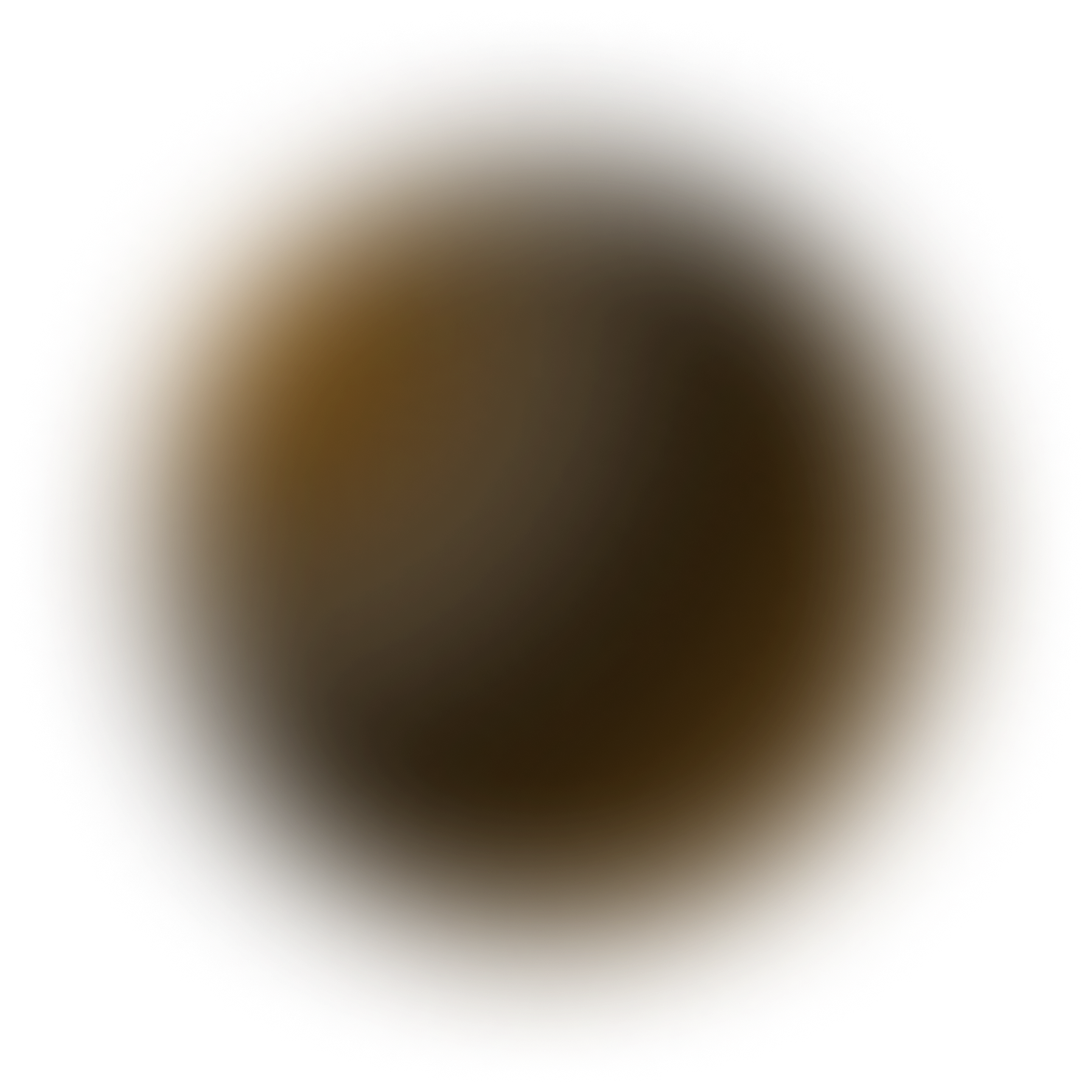
Mango Nectar (1 Serving (125g))
Breakfast
137 mg/dL
avg. peak value
Usually has a stable response
Avg. Food Score on Ultrahuman App
Ultrahuman Users got a STABLE response
How to consume Mango Nectar without glucose spikes
Pair with Protein
Consume a source of protein alongside the mango nectar, such as a handful of almonds, Greek yogurt, or a boiled egg. Protein can help slow down sugar absorption.
Add Healthy Fats
Include healthy fats in your meal or snack, such as avocado slices, a small serving of cheese, or a spoonful of peanut butter, to help stabilize blood sugar levels.
Drink Water
Before consuming mango nectar, drink a glass of water. Staying hydrated can help regulate blood sugar levels.
Include Fiber-Rich Foods
Pair the nectar with high-fiber foods like chia seeds, flaxseeds, or a small portion of berries to slow down the digestion and absorption of sugars.
Portion Control
Limit the amount of mango nectar consumed to a small portion. Smaller portions can help minimize glucose spikes.
Exercise After Consumption
Engage in light physical activity, such as a short walk, after drinking mango nectar to help your muscles use up the glucose more efficiently.
Mix with Low-Sugar Options
Dilute the mango nectar with water or unsweetened iced tea to reduce the overall sugar content consumed.
Opt for Whole Foods
Whenever possible, choose fresh mangoes instead of mango nectar to benefit from the natural fibers that help mitigate sugar spikes.
Eat Slowly
Sip the mango nectar slowly rather than consuming it quickly to give your body more time to process the sugars effectively.
Check Labels
Choose mango nectar products with no added sugars and minimal ingredients to keep sugar intake as low as possible.

Find Glucose response for your favourite foods
Explore OGDbDiscover
metabolic
health with M1
Ultrahuman M1 helps you measure the impact of food and activity on your body in real time through glucose as a biomarker.
Explore Ultrahuman M1Your cart is empty
Browse through our products and find something for you.
